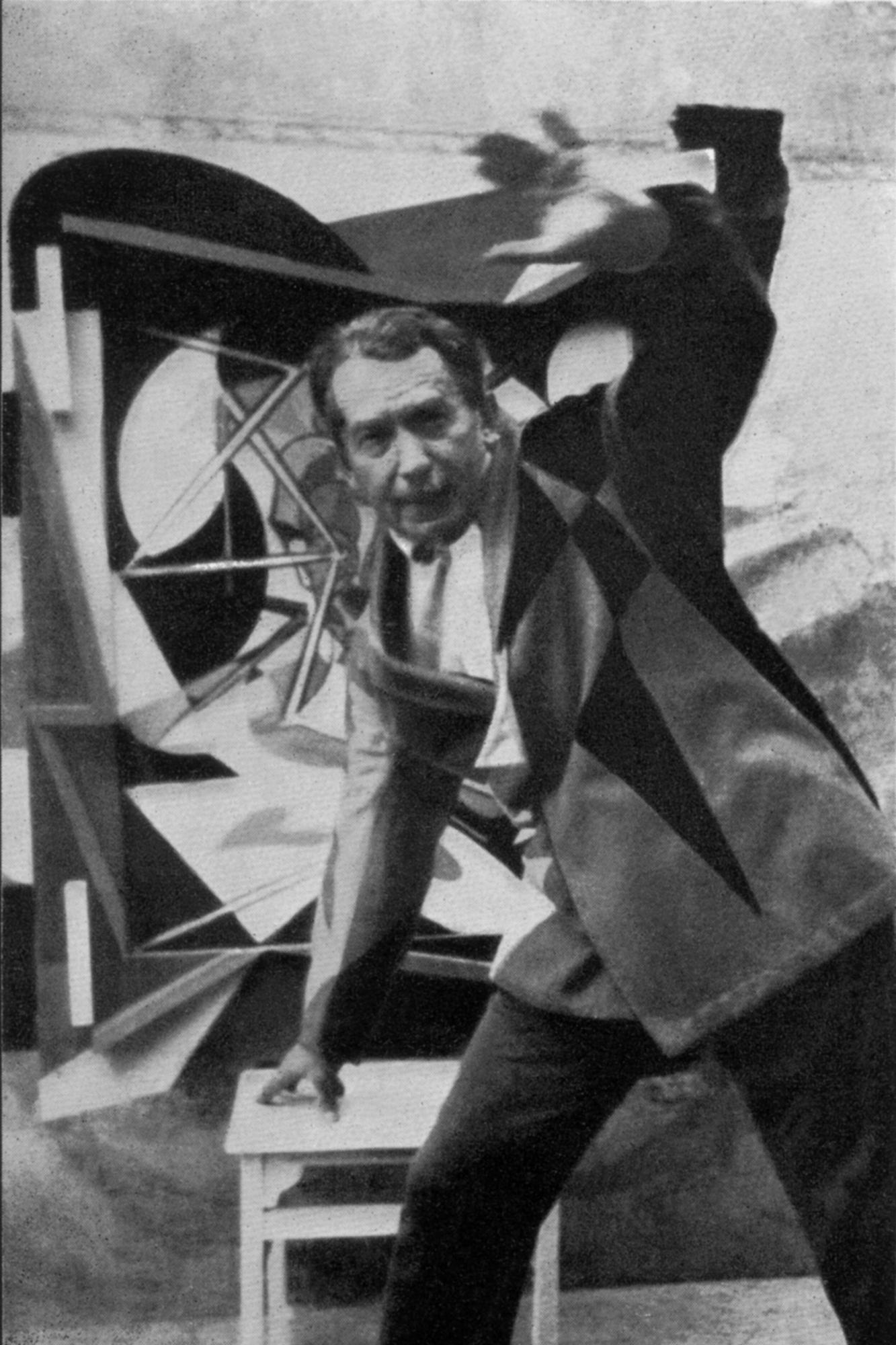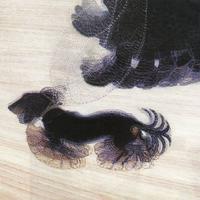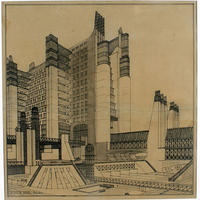More about Giacomo Balla
Works by Giacomo Balla

Sr. Contributor
Giacomo Balla spent his whole life looking towards the future, but was left disappointed when it finally arrived.
Balla’s artistic journey started in 1880 when he went to work at a lithograph workshop at the mere age of nine. Balla spent 15 years in the lithography business, where he developed and honed his skills in illustration and caricatures. But his real love was painting, so being the modern working man that he was, Balla spent his days in the workshop and his nights at Turin’s Accademia Albertina in painting classes. By 1895, Balla was ready to set out on his own artistic adventure. He moved to Rome where he worked as an illustrator, caricaturist, and portrait painter. Balla had some early success in Rome, but he lacked passion. During a trip to Paris in 1900 to see the Exposition Universelle, Balla’s imagination and creativity were recharged by the booths of the world’s fair and the grandeur of the French metropolis. Balla was particularly taken with the work of French scientist Etienne-Jules Marey whose chronophotographic experiments captured successive stages of movement on a single photographic plate. After seven months in Paris, Balla returned to Rome and set up a teaching studio where up-and-coming artists like Gino Severini and Umberto Boccioni studied. Balla taught his students the post-impressionist style of Divisionism, a radical painting style made famous by Georges Seurat which used individual brushstrokes of unmixed color to capture light and reality. But Balla couldn’t get Marey’s experiments out of his mind and he longed for the chance to explore human and mechanical movement in a more cutting-edge manner.
Luckily for Balla, in 1909 Filippo Tommaso Marinetti published his “Futurist Manifesto,” which was the answer to all of the artist’s prayers. Marinetti was the ringleader of the Futurist movement, a group of rebellious artists and writers who felt Italian society was stagnant and needed industrialization as their savior. In his manifesto, Marinetti called for the destruction of cultural traditions like museums and libraries and the glorification of speed, machinery, and technological innovations. Balla was ecstatic about Marinetti’s proclamation and went all-in on Futurism. During the next decade, Balla converted his teaching studio into a gathering place for Futurist artists, he evolved his painting style from divisionism to total abstraction, he collaborated with Carlo Carrà, Luigi Russolo and his old students Severini and Boccioni to pen the Futurist Painting: Technical Manifesto; he wrote a second manifesto on his own, and he even named his daughters Luce (light) and Elica (propeller) to showcase his eternal love for the machine. Balla’s most ballin’ futuristic act came in 1913 when he sold off all of his pre-Futurist paintings at an antique store underneath a banner that read “Balla is dead. Here are sold the works of the late Balla.” Now that’s betting on the future.
Unfortunately, just a few years into the future, Balla would regret getting rid of all his non-Futuristic artwork, for Futurism died as quickly as it started. With the end of World War I, the untimely death of Boccioni, and the rise of Italian Fascism, Futurism was failing. Balla desperately tried to keep the art movement alive by designing Futuristic clothing, toys, tapestries, furniture, and entire interior spaces for the public’s consumption. He even opened up his apartment, Casa Balla, for weekly public tours with the hope that all of his art and decor would reignite the appeal of Futurism. It was all for naught, and by the 1930s, Balla returned to using a traditional style of painting that was inspired by the past instead of the future. With the end of Futurism, Balla learned the hard way that no one can predict the future.
Sources
- Bethke, Jennifer. “Giacomo Balla, Street Light.” Khan Academy. Accessed August 22, 2022. https://www.khanacademy.org/humanities/art-1010/xdc974a79:italian-art-b…
- Casden, Emily. “Italian Futurism: An Introduction.” Khan Academy. Accessed August 22, 2022. https://www.khanacademy.org/humanities/art-1010/xdc974a79:italian-art-b…
- “Giacomo Balla.” The Guggenheim Museums and Foundation. Accessed August 22, 2022. https://www.guggenheim.org/artwork/artist/giacomo-balla
- “Giacomo Balla.” Hirshhorn Museum and Sculpture Garden. Accessed August 22, 2022. https://hirshhorn.si.edu/itunesu/Themes/sculpture_and_form/Balla.pdf.
- “Giacomo Balla: The Futurist’s Life and Work.” Christie’s. November 12, 2021. https://www.christies.com/features/giacomo-balla-the-futurists-life-and…
Featured Content
Here is what Wikipedia says about Giacomo Balla
Giacomo Balla (18 July 1871 – 1 March 1958) was an Italian painter, art teacher and poet best known as a key proponent of Futurism. In his paintings, he depicted light, movement and speed. He was concerned with expressing movement in his works, but unlike other leading futurists he was not interested in machines or violence with his works tending towards the witty and whimsical.
Check out the full Wikipedia article about Giacomo Balla












